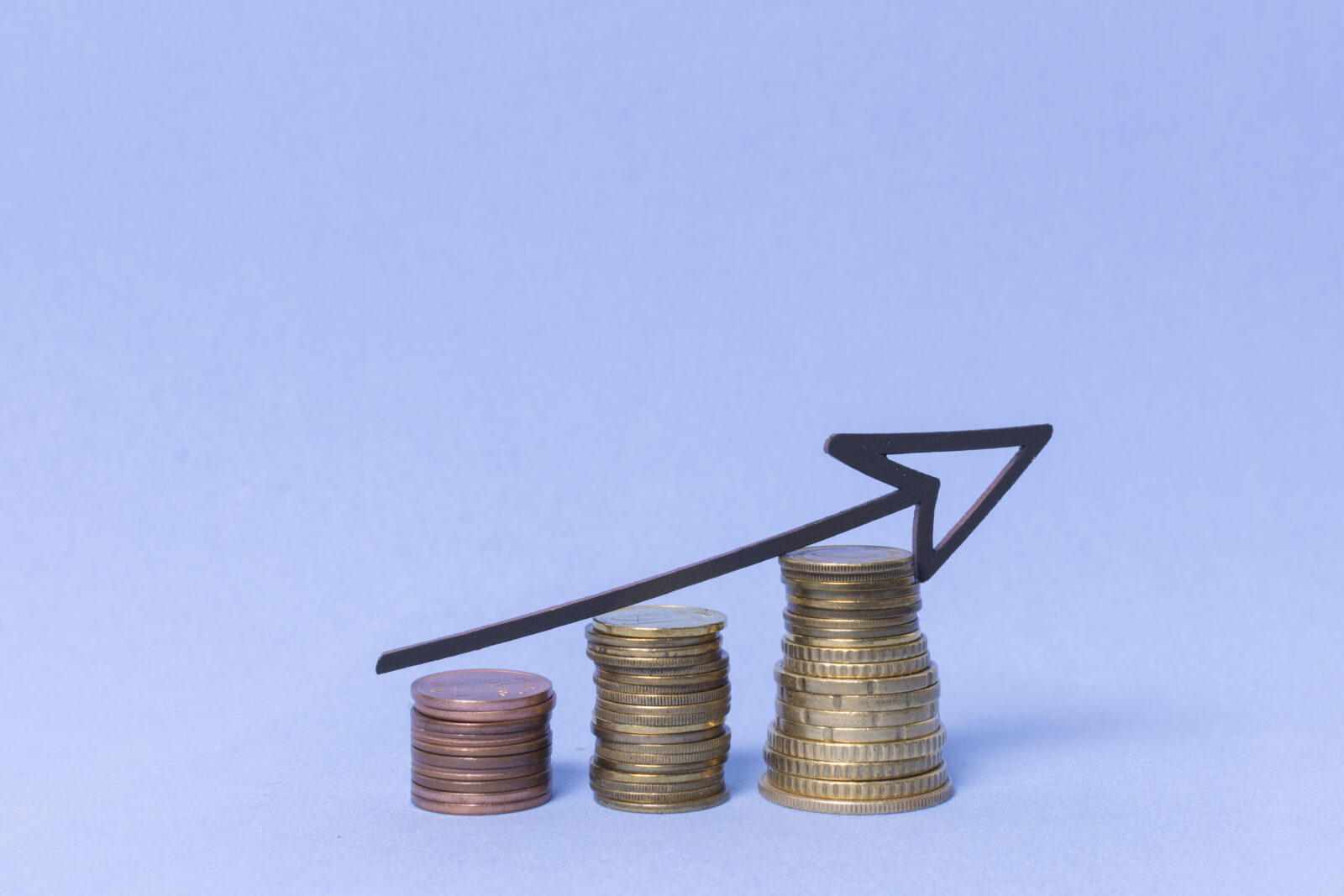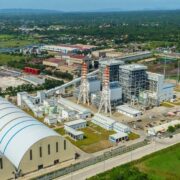2024 GDP growth pegged at 5.8%

Economic growth might have fallen short of the government’s target last year after the last-minute boost that typically comes during the holiday season was restrained by the onslaught of destructive storms that battered the country late in the season.
Gross domestic product (GDP), the sum of all products and services created in an economy, likely grew by 5.8 percent in the fourth quarter of last year, according to the median forecast of 12 economists polled by the Inquirer.
If realized, the figure that the Philippine Statistics Authority (PSA) will report on Jan. 30 will mark a faster pace of expansion than the 5.2-percent growth in the third quarter.
But that would not be enough for the average 2024 growth rate to hit at least the low-end of the 6 to 6.5 percent goal of the Marcos administration.
The same Inquirer survey of economists also yielded a median estimate of 5.8 percent for 2024 growth which, if realized, would nevertheless register an improvement from the 5.5-percent expansion in 2023.
Spending boost
Data showed average GDP growth stood at 5.8 percent in the first nine months of last year.
This means the economy would have had to grow by at least 6.5 percent in the fourth quarter of 2024 to meet the lower-limit of the state’s growth target.
But two economic officials had already admitted that growth in 2024 might have fallen short of official targets because of the storms that foiled the economy’s attempt to post a more solid expansion.
Emilio Neri Jr., lead economist at Bank of the Philippine Islands, said a slower inflation might have powered up consumption and investment spending in the fourth quarter.
At the same time, government spending likely got an early boost from the upcoming elections this coming May, Neri added.
But the BPI economist still penciled in a below-target growth of 5.8 percent for last year, citing a lackluster export performance and the massive farm output losses in typhoon-hit areas.
Timing of easing
Economists at Chinabank Research shared the same view.
“Adverse weather — with six typhoons consecutively hitting the country between October and November — disrupted economic activities in agriculture, construction, and tourism, among others,” Chinabank said.
“Additionally, a wider merchandise trade deficit, driven by weak semiconductor export performance, likely weighed on overall growth,” it added.
Moving forward, Neri said the upcoming GDP data may influence the timing of the rate cuts of the Bangko Sentral ng Pilipinas, which kicked off its “measured” easing cycle in August last year.
“The possibility of a rate cut in February or April could increase if GDP growth falls significantly below consensus or dips below 5 percent,” he said.
“So far we expect two 25-basis point reductions this year as uncertainties abroad may limit the extent of monetary easing,” he added.





















